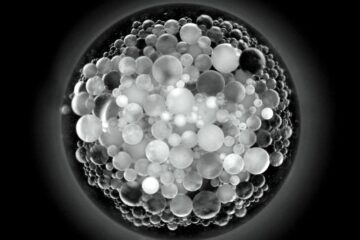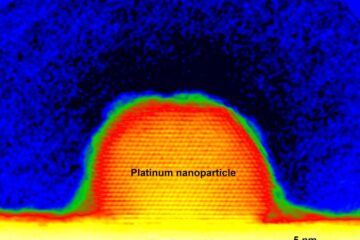This special field revolves around processes for modifying material properties (milling, cooling), composition (filtration, distillation) and type (oxidation, hydration).
Valuable information is available on a broad range of technologies including material separation, laser processes, measuring techniques and robot engineering in addition to testing methods and coating and materials analysis processes.

When a surface is getting wet, also the composition of the liquid plays a role in the wetting process. Researchers from the Max Planck Institute for Dynamics and Self-Organization (MPI-DS)…

Scientists at TU Dresden have succeeded in synthesizing new phosphorescent, platinum-based emitter complexes for high-brightness and long-life OLEDs. The results were published this week in the renowned journal “Chemistry –…

Tenfold improvement in the sensitivity of electron holography reveals the net charge in a single platinum nanoparticle with a precision of just one electron, providing fundamental information for developing future…

For enhancing flavors, the production of dyes, pharmaceutical products and bio polyesters – succinic acid is a versatile platform chemical. A team led by Elke Nevoigt, Professor of Molecular Biotechnology…

– Low-energy electron beam. Electron beam technology can be used to reliably treat and functionalize surfaces. Now the Fraunhofer Institute for Organic Electronics, Electron Beam and Plasma Technology FEP has…

Stanford engineers have designed a method of 3D printing that is 5 to 10 times faster than the quickest high-resolution printer currently available and is capable of using multiple types…